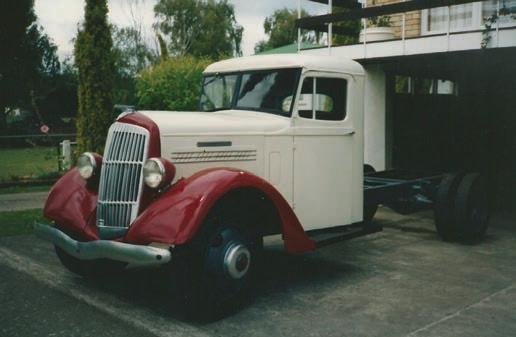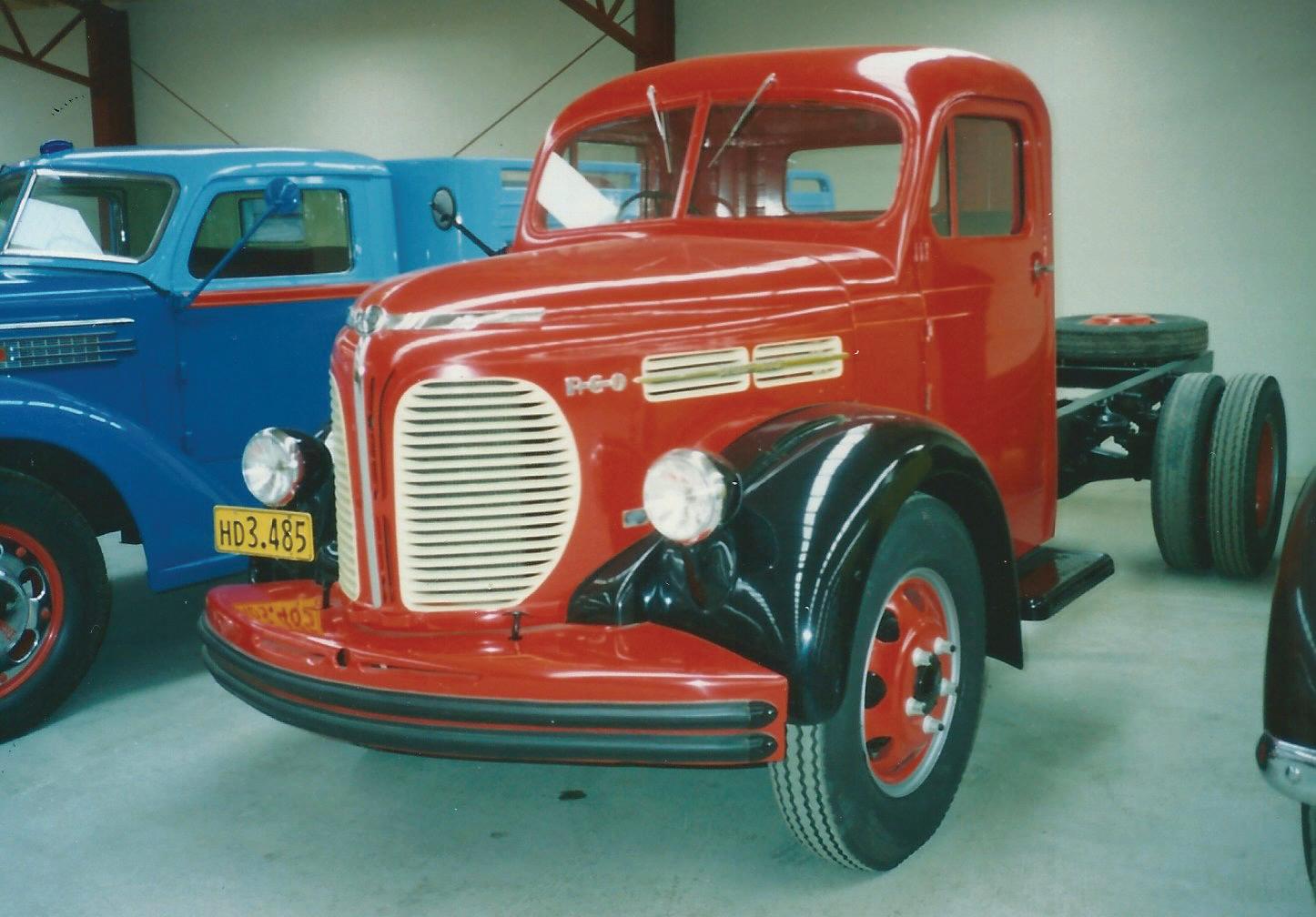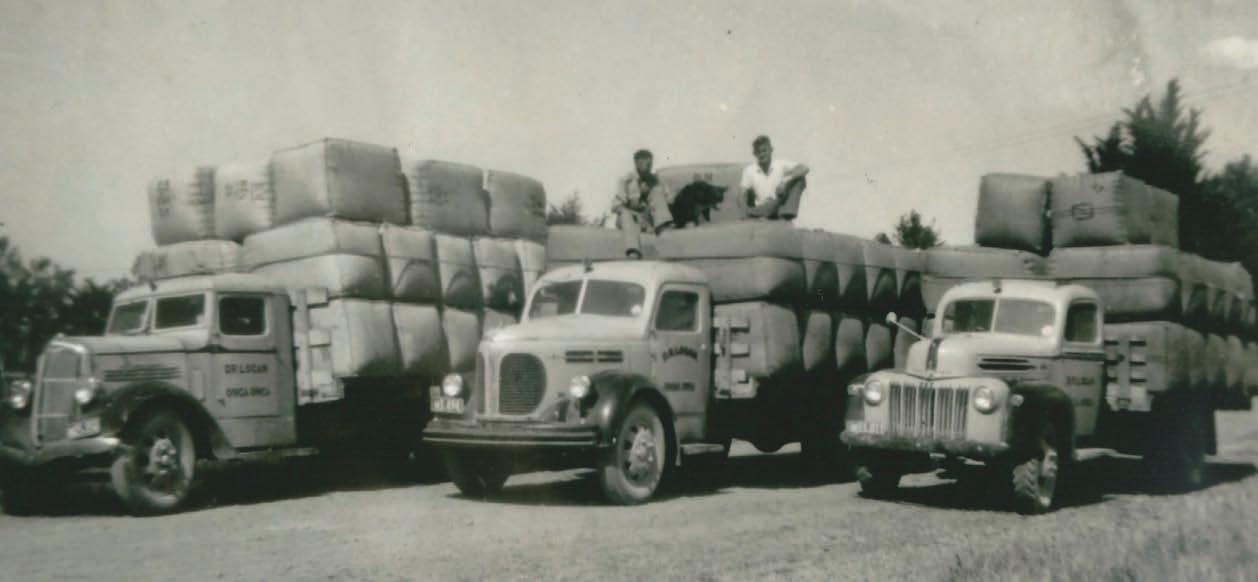
8 minute read
Old Iron
What connects an REO truck, racehorse Phar Lap and Opotiki?
Well, when I was a young boy in the early 1940s I ‘acquired’ a beautiful enamel REO radiator badge off one of Rip Reece’s old trucks.
In the 1970s I was a foundation member of the Australian REO Truck Club and I was friends with the club president Michael Kerrigan. After one visit to the club in Australia, I received a letter from him with a drawing of a REO radiator badge.
He had purchased an old REO horse float….but it was minus the badge. On the next trip over I gave my REO badge to him.
In the 1980s Michael was contacted by a film company asking if his horse float was available for a movie. A deal was struck, and they tidied the float up and painted it. Michael went to a practice run the day before the actual filming of that section of The Phar Lap Story.

REO a Kiwi hit
Story & Photos: Gavin Abbot
HE REO MARQUE HAS MANY CONNECTIONS
with the New Zealand transport industry.
Best known for its REO Speedwagon truck from 1915 (and not to be confused with the Illinois rock band popular in the `70s and `80s), REO Motors’ history is connected to brands including Oldsmobile, Mack, White and Diamond T.
The REO name continued into the 1970s on Diamond REO trucks but the heyday for brand was before World War 2 – a time when REO trucks and buses were regularly seen on NZ roads.
REO Trucks were very popular in NZ in the 1930s and 1940s. They had a good range of models, and many were converted to six-wheelers with a trailing axle fitted. They also had branches in the main centres and were supported by country agents.
Company founder Ransom Eli Olds was born in Geneva, Ohio in 1864. His family then moved to Lansing, Michigan, where his father started a machine shop.
Ransom developed a steam engine, later switching to Above: A pair of heavily laden REOs working alongside a Ford V8 for Onga Onga Transport. Below: 1929 REO Speedwagon horse float, as used in the Phar Lap film. Owned by Michael Kerrigan.
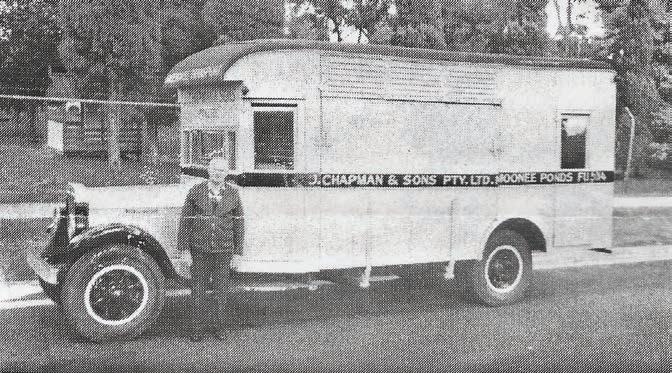

Above: In the late 1930s A.B. Donald Ltd operated REO Motors Ltd from the corner of Federal and Moore Streets in Auckland. Right: Flour being loaded up on a REO at Northern Roller Mills in Auckland
a petrol engine.
In 1897 the Olds Motor Vehicle Company was formed by Ransom’s father, who combined it with his Olds Gasoline Motor Company to create the Olds Motor Works.
This company created the famous curved dash Oldsmobile car. Ransom interested backers to provide financial support to produce this vehicle.
After a factory fire, Ransom had a disagreement with his backers, who preferred larger, more prestigious vehicles instead of his small, inexpensive ones. This dispute over the product philosophy led Ransom to leave the company in 1904.
Not long after his departure he secured new partners and financial backers who helped establish a new vehicle company in Lansing. Forbidden by Oldsmobile – by prior agreement – from putting his name on another vehicle, the clever Olds used his initials to name the new company REO, in 1904.
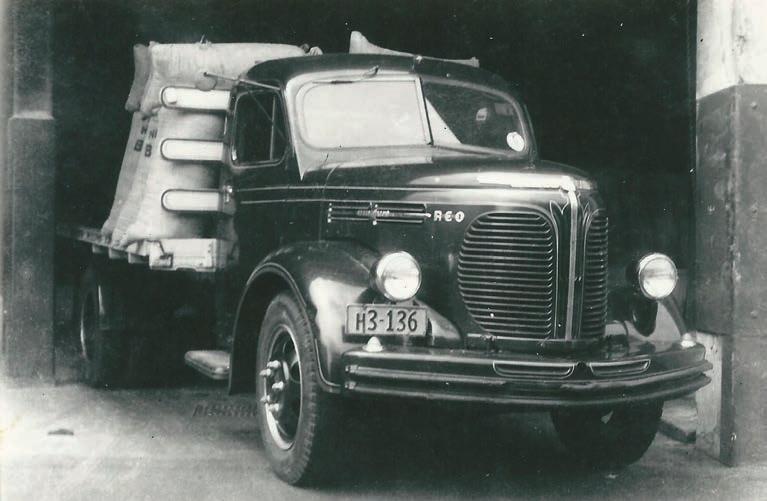
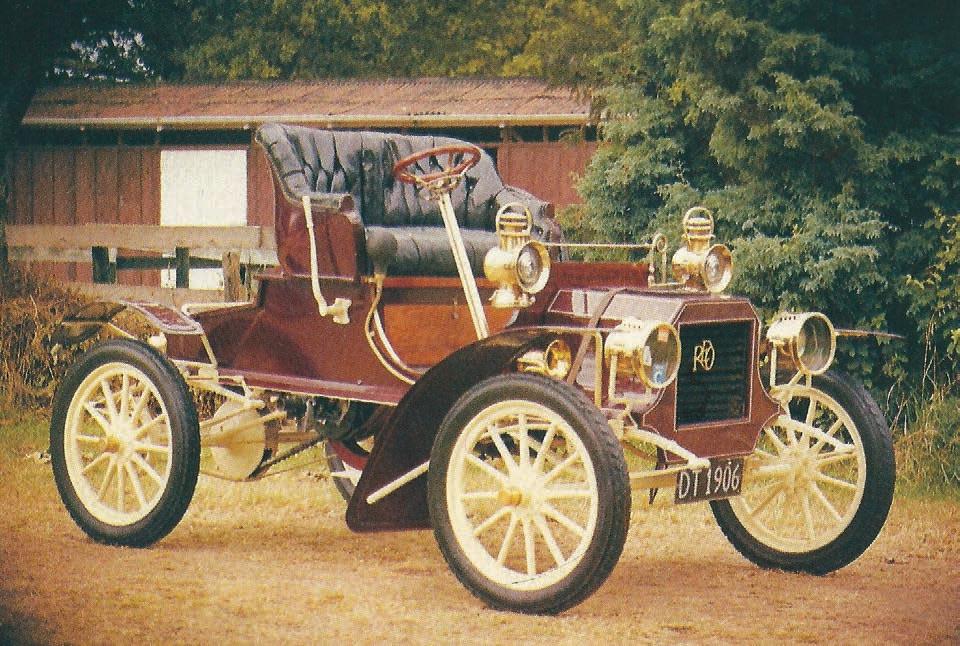
Not long after leaving Oldsmobile, Ransom Eli Olds was building cars like this 1906 Roadster under the REO brand name.
By 1905 REO was building cars not unlike the ones Oldsmobile had discarded. The new company was called the REO Motor Car Co.
The company expanded – making cars and car-derived commercials. In 1910 the REO Motor Truck Co. was organised as a subsidiary, to begin the production of trucks.
REO introduced the Speedwagon in 1915, identifying a new class of REO truck. The REO led the way with shaft drive, pneumatic tyres, electric starters and electric lights. Expansion included the car division, which introduced the REO Flying Cloud and the Wolverine automobile.
Also, in the mid-1920s a new six-cylinder bus chassis was introduced with bodies built by a variety of makers. REO was taking advantage of the boom in mass transit buses.
By 1929 REO Motor Truck Co. sold more than four times the
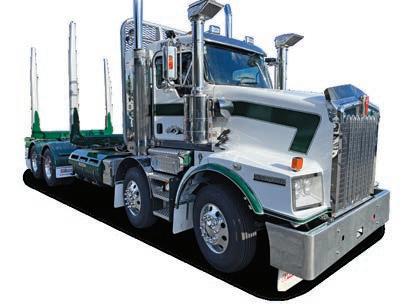
With a Bigfoot With a Bigfoot onboard you’ll onboard you’ll monster any monster any surface Make light work of any surface using the surface OptiTraction footprint with a Bigfoot Central


Features of the Bigfoot Features of the Bigfoot Central Inflation Tyre System Central Inflation Tyre System

● ● Designed and tested in some of the worlds harshest conditions Designed and tested in some of the worlds harshest conditions
● ● ● ● Easy to use in-cab control unit Easy to use in-cab control unit Lor● Built in safety features prevent operating outside safeLor● Built in safety features prevent operating outside safe em limits for selected tyre pressureem limits for selected tyre pressure ipsu ● Precision manufactured in New Zealand using onlyipsu ● Precision manufactured in New Zealand using only ● ● Full after sales service and parts network Full after sales service and parts network ● ● Full manufacturers warranty Full manufacturers warranty


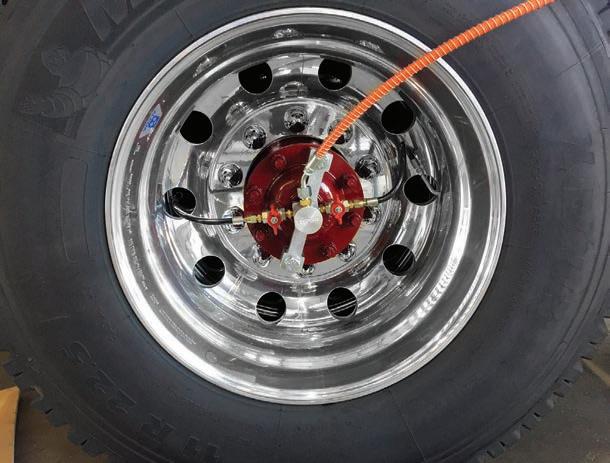
Lore Lore m m MIDDLE HILLS CONTRACTS LTD
TM TM
TD32232
The brain behind the Bigfoot system is The brain behind the Bigfoot system is the Bigfoot OptiTraction control module. the Bigfoot OptiTraction control module. and makes monitoring and adjusting tyre and makes monitoring and adjusting tyre pressures simple. The display also provides pressures simple. The display also provides visual and audible alarms. visual and audible alarms.
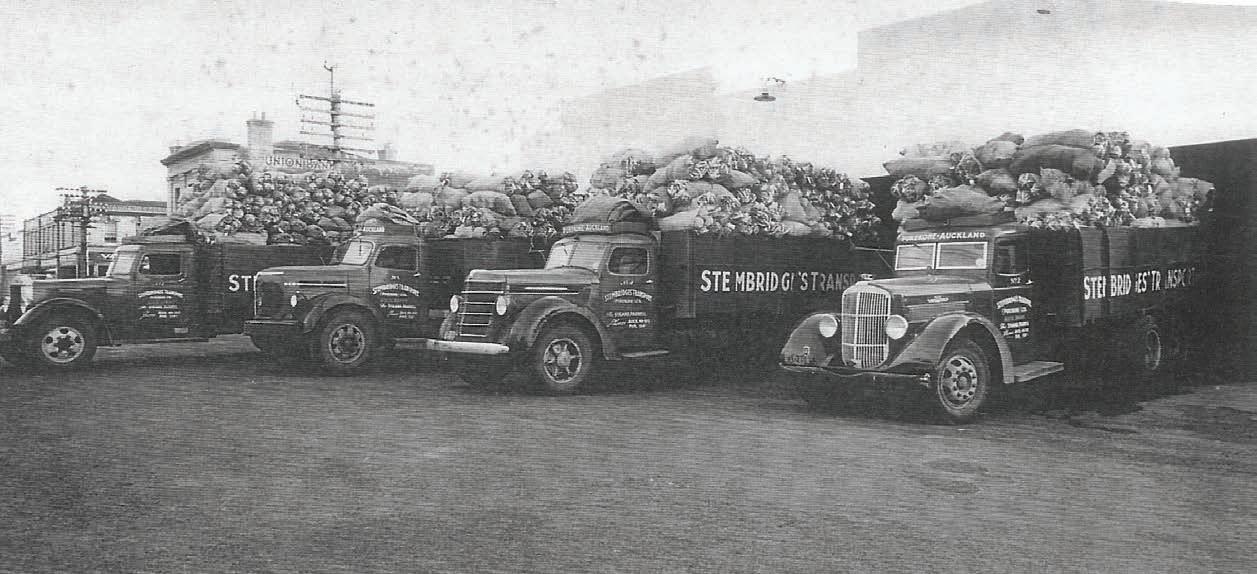
Above: REOs and a D International lined up in a fleet shot of Pukekohe’s Stembridge Transport Below: The “Landliner” was one of the four rear-engined REO buses operated by Edwards Motors
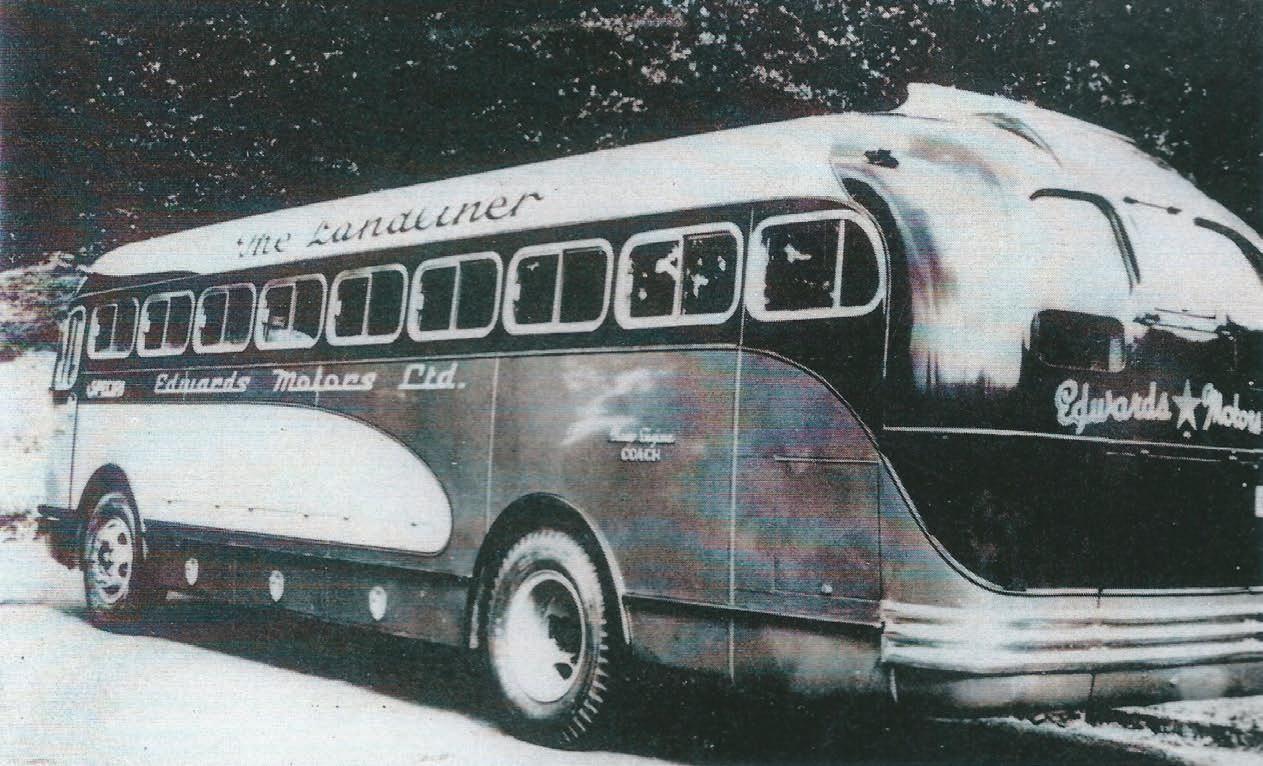
number of Diamond Ts sold and twice the number of Whites and Macks. REO was producing a four-cylinder engine and a new line of six-cylinder and eight-cylinder “Gold Crown” engines.
Like most companies, REO survived the slump in sales in the early 1930s, but to remain a viable manufacturer, it made two arrangements with Mack Trucks.
In 1934 REO announced that Mack was handling REO products at several of its own branches. This expanded the dealer base for REO products and allowed Mack dealers to offer models outside the existing range of its products.
In 1936 REO manufactured the “Mack Jr” line of trucks. This arrangement continued until 1938, when Mack offered new models it manufactured to replace the Mack Jr line.
However, by the late 1930s REO was in severe financial strife. To solve its financial problems REO sought a Reconstruction Finance Corporation (RFC) loan in 1938. Car production was curtailed in 1936.

Above: C.A. Stembridge of Netherton operated one of the “semi-forward” design REO trucks Left: REO Motors Limited advertising for the iconic Speedwagon
In 1940 the approved reorganisation plan that included the RFC loan resulted in the creation of REO Motors Inc., replacing the REO Motor Car Company.
A completely new line of trucks was designed and designated the Moreload Speed Wagons, in 1940.
American entry into WW2 followed the Japanese attack on Pearl Harbour on December 7, 1941. However, as a result of the start of WW2 in Europe in 1939, REO had already begun receiving military orders in 1940.
By April 1942 REO announced to stockholders that the management had placed the company’s facilities at the disposal of the US government for war work. REO produced nearly 29,000 military vehicles from 1940 to 1945. T&D

The Art Deco Era
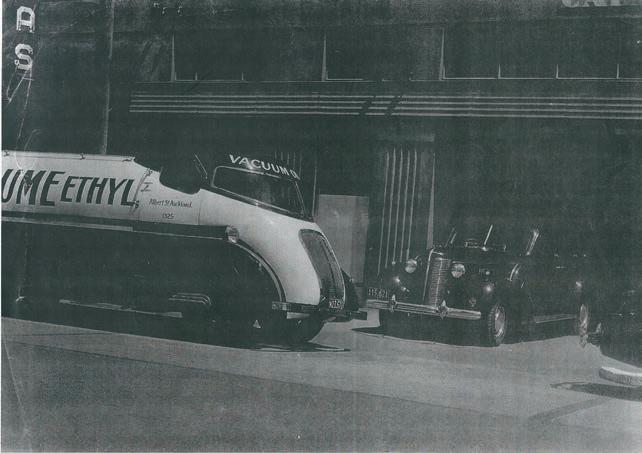
N THE 1930S THE FASHION IN VEHICLES, INCLUDING SOME
trucks, was streamlining. Diamond T was the trucking style leader and others followed. This trend followed on to the manufacturing companies who collaborated with their transport companies. Stylish bodies and tankers were built to draw attention to their product. The breweries and fuel suppliers had some impressive units built.
In New Zealand, the late Bill Richardson imported and carried out an impressive restoration of a Dodge Airflow, for instance. It is on display at the Bill Richardson Transport World in Invercargill.
In 1937 the Vacuum Oil Company Pty Ltd in Australia engaged a Melbourne body builder to construct a streamlined unit.
Designs were put forward and Martin and King built the unit (or units, as various stories relate to one or more being built). The known unit was built on a 2LM REO forward control chassis with the tank holding 1075 gallons in four compartments.
One came to NZ in the Auckland region. Does anyone remember it? T&D

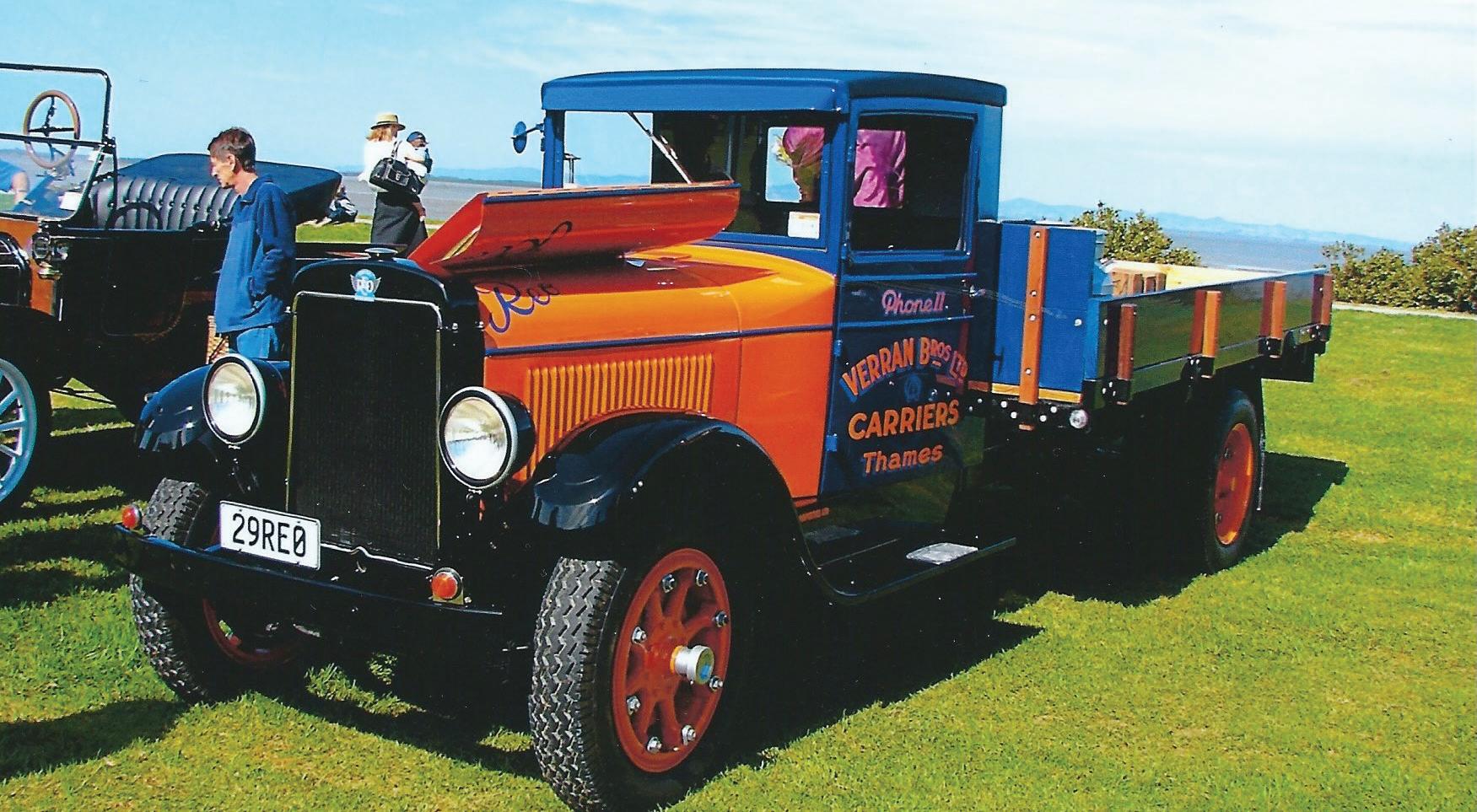
Above: 1929 REO Master Speedwagon in a superbly restored condition – from the Thames fleet of Verran Bros Right: The 1938 REO restored by Gavin Abbot had previously been a market gardener’s truck in Auckland Below: The restored REO is part of the collection at Bill Richardson Transport World in Invercargill.
